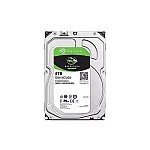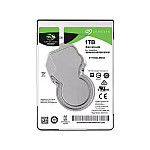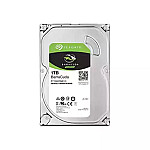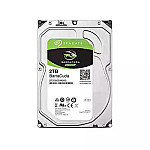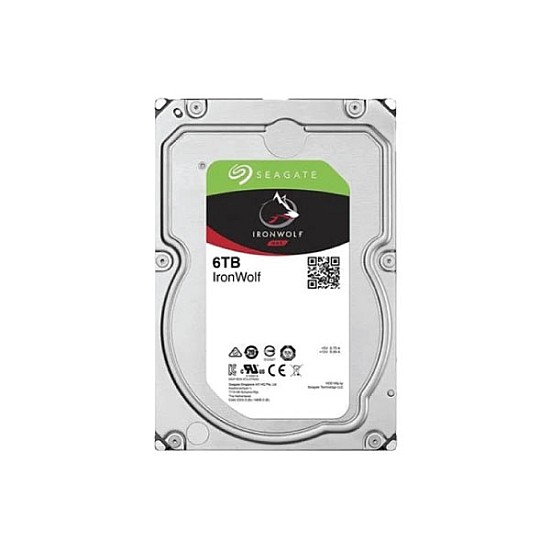
TBA
Out Of Stock
Price Change Declaimer
Payment Options
Product Image Declaimer
Product Information Declaimer
Seagate Iron- Wolf 6TB 3.5 Inch SATA 7200RPM NAS HDD
Transfer Speed
The performance of a HDD is measured by many factors, but RPM [Revolution per Minute] is an important one. Higher RPM means the faster transfer of data to and from the drive. You can ignore the SATA speed, which describes the theoretical maximum speed of a SATA connection. But a 7200 RPM drive will certainly be faster than a 5400 RPM drive.
Cache Space
When a hard disk needs to transfer data from one section of the drive to another, it utilizes a special area of embedded memory called the cache. A larger cache enables the data to transfer faster because more information can be stored at one time. Modern HDDs can have cache sizes ranging from 8MB to 256MB.
Helium-Filled vs Air-Filled Drives
Helium-filled drives have started taking over the market after spending years as an experimental technology. These types of drives have two advantages over their air-filled cohorts – they generate less heat and use less power than normal hard drives. Both of these are important in data centers but may be less important to you, if you are keen to keep the budget low.
Failure Rate
Since HDDs have moving parts, a gradual decay is expected over time – but the endurance of all HDDs is not the same. Some models are prone to fail within 12 months while others have average lifespans exceeding six years. One of the easiest ways to determine the reliability of a hard drive is by its warranty period.
How Will You Use Your HDD?
Manufacturers build hard drive models for different use cases. In general, there are five categories: consumer, NAS (network-attached storage), archiving/video recording, enterprise, and more recently, data center. a consumer drive may spin slower to save energy and provides little if any access to tools that can adjust the firmware settings on the drive. An enterprise-class drive, on the other hand, is typically much faster and provides the user with access to the features they can tweak to adjust performance and/or power usage. So, it is essential to look for drives as per your needs.
Cost vs Quality
Lower-priced hard drives do not offer the exclusive features of its upgraded versions. If you are seeking improved reliability, longer warranty period, and faster performance, you might be better off purchasing the enterprise version of a drive.
Recording Technology
There are different types of recording technology which each have their trade-offs. The most common type of recording technology is Perpendicular Magnetic Recording (PMR), which writes and reads data from circular tracks on a spinning platter. There is another technology named Shingled Magnetic Recording (SMR), which overlaps recording tracks to store data at a lower cost. This means that SMR
Storage Capacity
When it comes to capacity, it is generally better to get a bigger drive than necessary, as long as you don’t compromise performance and reliability. HDDs come in a wide range of capacities, capping out at 16TB per drive due to physical limitations.
Questions
Have question about this product? Get specific details about this product from expert.No questions have been asked about this product.

